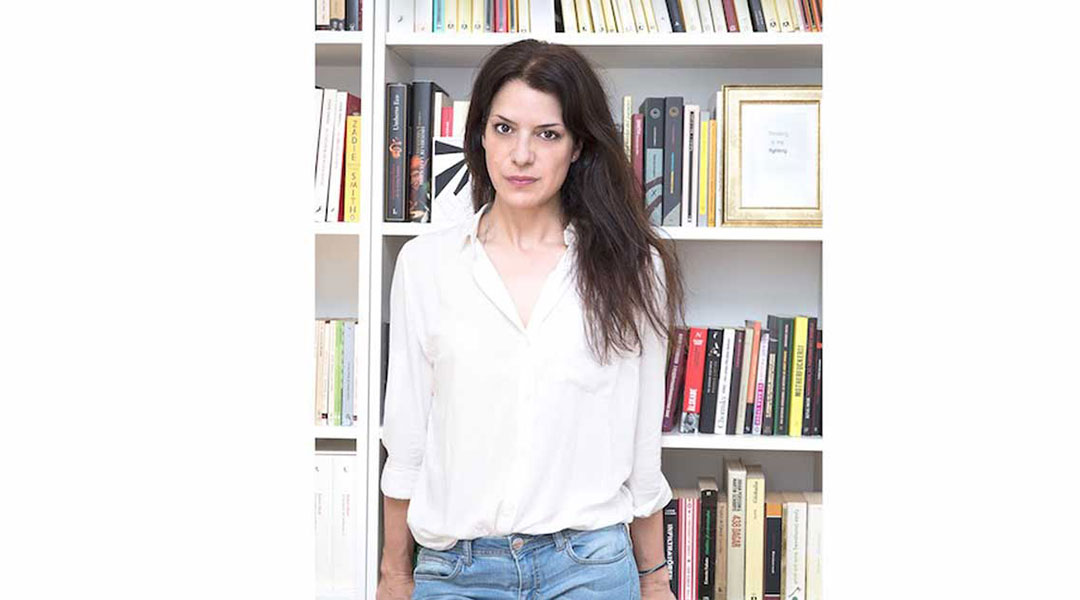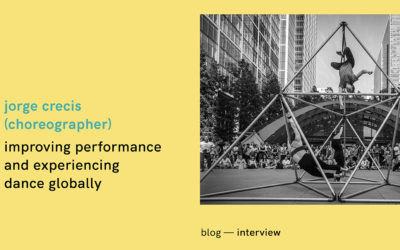Why do we need a more transparent journalism in dance?
Interview with Mercedes Caballero
Mercedes Caballero is a dance writer based in Madrid, Spain. In 2011, she created UNBLOGDEDANZA, where she advocates a more independent and ethic dance journalism. On this interview, she shares with us her efforts to create a more engaging relationship with the audience.
“In general, journalism should be working as a tool to make knowledge more accessible and closer to people. And dance journalism is no exception.”
Who are you?
I am a dance journalist with over 20 years of experience. I am a specialist in writing about this art field, especially in the area of reviewing.
What is your contribution to your local contemporary dance scene?
I think my contribution is strongly connected to the value of having journalism interested in the professional and independent development of the artists. So, I work on journalism that gives dance the visibility and position it needs and deserves.
Why did you decide to create the blog UNBLOGDEDANZA?
I decided to create UNBLOGDEDANZA to be able to produce the dance journalism that I like, focused on values such as independence, freedom or even journalistic ethics. This blog is the space where these three ideas come together and where I try to develop my work around dance through various journalistic genres.
What is the mission of this blog?
UNBLOGDEDANZA was created in 2011 with two different missions. On one hand, there’s the need for informing and communicating dance more professionally. On the other hand, I was feeling a personal need of developing a
project around the dance journalism that I like and believe. As a digital platform, UNBLOGDEDANZA allows me to create a more complete work by using not only words but also image and video content, which makes me explore a more creative approach to my work.
What’s the main role of a project like yours to engage artists with their audience?
In general, journalism should be working as a tool to make knowledge more accessible and closer to people. And dance journalism is no exception: it raises more awareness about this art expression, it creates its positioning and importance in the art world. And I believe this is something that can make artists and audience closer to each other.
In your opinion, how does dance become a more accessible language for everyone?
I think the goal of making dance a more accessible language must start with focusing the attention on other places, rather than only on the creative language of the artist. Accessibility must be developed around the creative process and the role of the audience, which can provide new and interesting elements to identify the work, its language and its ultimate meaning. Also, the communications process should consider everyone involved. So that’s why it is so important to work with the audience. I have a workshop for audience members – “Responsible Spectators” – in which we try to clarify what’s the role of talking about dance. I offer them new contexts and terms, so they can feel more connected to what they see on stage.




0 Comments